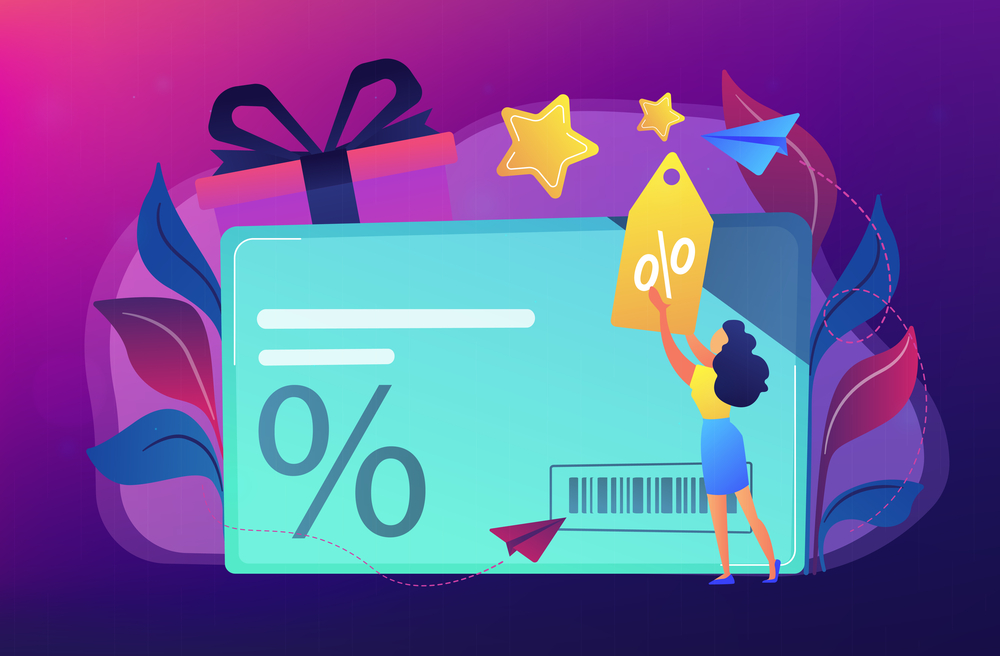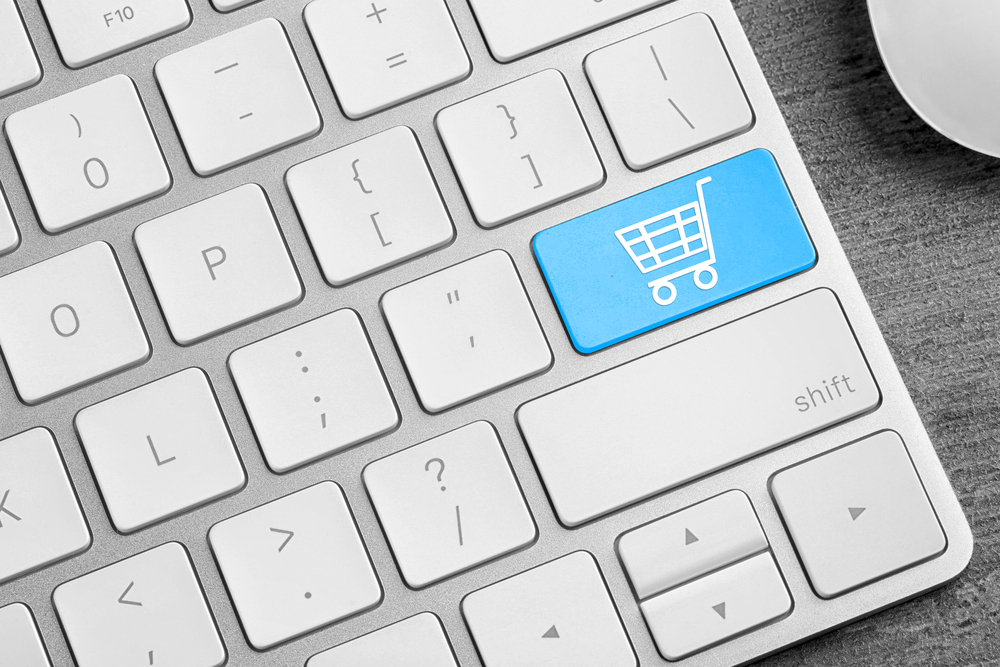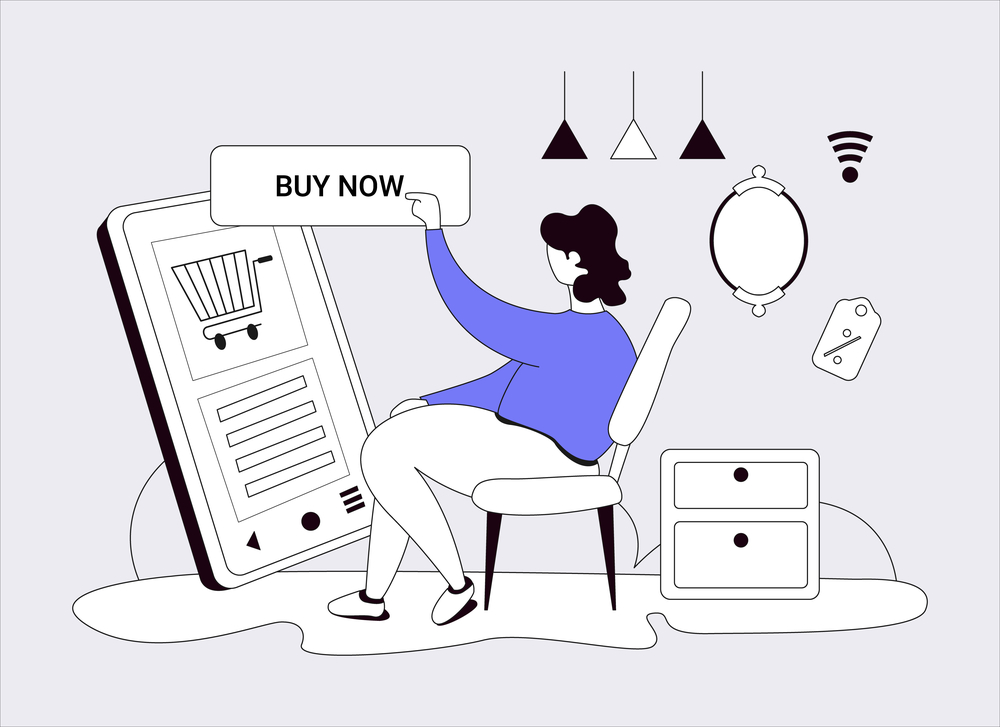People are 99% more likely to buy products once a discount rises to 50% of average costs. However, customers rate quality higher than price as a decision-making factor. Offering a range of prices can take advantage of both of these aspects of retail psychology. After you check out these tiered pricing examples, you should know how to offer discounts to your most valuable customers while maintaining your bottom line.
Tiered Pricing Examples and Background Info
Multi-level strategies can be as simple or complex as you like. They apply to all kinds of businesses. If you need a refresher on the what, why, and how, check out our other posts on the benefits of wholesale pricing, how to get a higher average order value with quantity breaks, or how to maximize sales on Shopify with tiered pricing.
1. Bulk Discount Tiers
The volume discount is one of the simplest and most common tiered pricing models. In this technique, you typically start at a suggested retail price and offer progressively higher discounts as people order higher quantities. Here are some examples of online stores that use bulk discounts:
- Kodiak Wholesale: A company that specializes in customized logo items. This is a classic pricing strategy for the printing industry due to each order’s relatively long setup process.
- Tufting Love: Tufting Love sells yarns and cloths. The clothing and textile supply industry loves tiered pricing because of the trendy nature of the products and the many different sizes of customer organizations.
- A Little Hemp: Shelf-stable food, coffee, nutrition, and other consumables are great items to sell online in tiered models. It allows retailers to buy large quantities of your products and resell them in their online or in-person boutiques.
The best products to sell in bulk are usually shelf-stable, individually packaged, resaleable, or some combination of the above. Beauty items, electronics, toys, and clothing are other examples.
Bulk discounting is the core of any high-volume wholesale operation’s success. Once you get your strategy right, you only have to worry about stocking the merchandise your customers want.
2. Customer Loyalty Programs
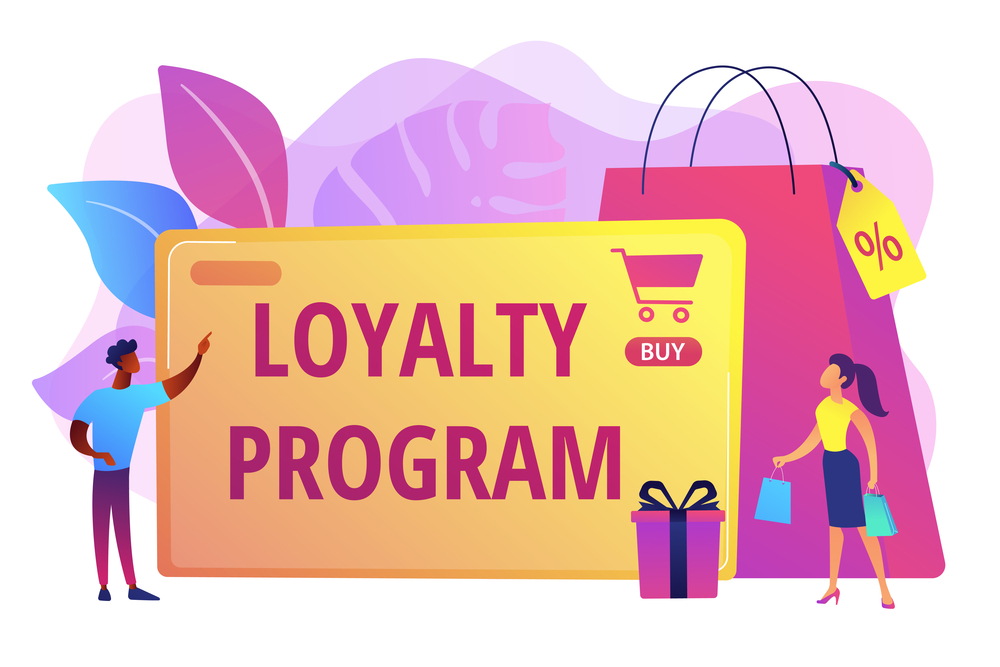
Tiered loyalty programs often provide perks, freebies, and discounts once a customer reaches a predetermined total of purchases or makes a certain number of qualifying orders. Businesses as different as coffee shops, airlines, credit card operators, and hotels all use this pricing model.
Airlines are textbook examples of businesses with elaborate tiered loyalty models. The more you fly with a specific carrier, the free add-ons effectively reduce the price of getting a better overall experience. Throwing in some exclusive perks also helps increase customers’ desire to participate in the program — by preferring a specific airline, of course.
This example works best when trying to reward a customer who can’t buy in bulk. An individual traveler probably can’t afford to purchase airplane tickets for the entire year, but the airlines still want to show that they value brand preference.
You probably won’t be running an airline over Shopify — and you might be unable to track orders and set up perks. You can still learn from the tiered customer loyalty model.
Using the same principle can be as simple as offering significant discounts for each quantity tier. That makes your most profitable customers feel like they’re getting a better deal. It also invites customers to buy more.
3. Sample Markups
Marking up sample quantities is a modified example of the bulk-discount tiered pricing strategy. It’s a popular approach in many industries, such as textiles, nutrition, building supplies, art materials, and beauty.
Rather than start at a suggested retail price, you would increase the price of your smallest order tiers. This does several important things for your online business. The most important examples are:
- It offsets the increased administrative cost per item of fulfilling small orders
- It gives customers the option to test your merchandise before committing to a major order
- It increases the discount percentage of your higher-quantity price tiers.
To break those examples down, imagine you were selling paint. You might offer an 8-ounce container for $6, a 1-gallon container for $36, and a 5-gallon bucket for $110.
That 5-gallon bucket is in mega-discount territory — about 80% off the 8-ounce price. Still, by offering a sample quantity tier, you’re ensuring that a customer doesn’t need to buy a huge amount of paint just to touch up their job or see the finish in person. Finally, you don’t have to worry about people wasting your time ordering the 8-ounce size 80 times. Fulfilling an order like that might be much more work, but the customer would pay more.
The takeaway is to set a higher price for your smallest-quantity tier. This tactic often works best for items people want to try before buying in bulk, such as foods or perfumes.
4. Premium Service or Product Levels
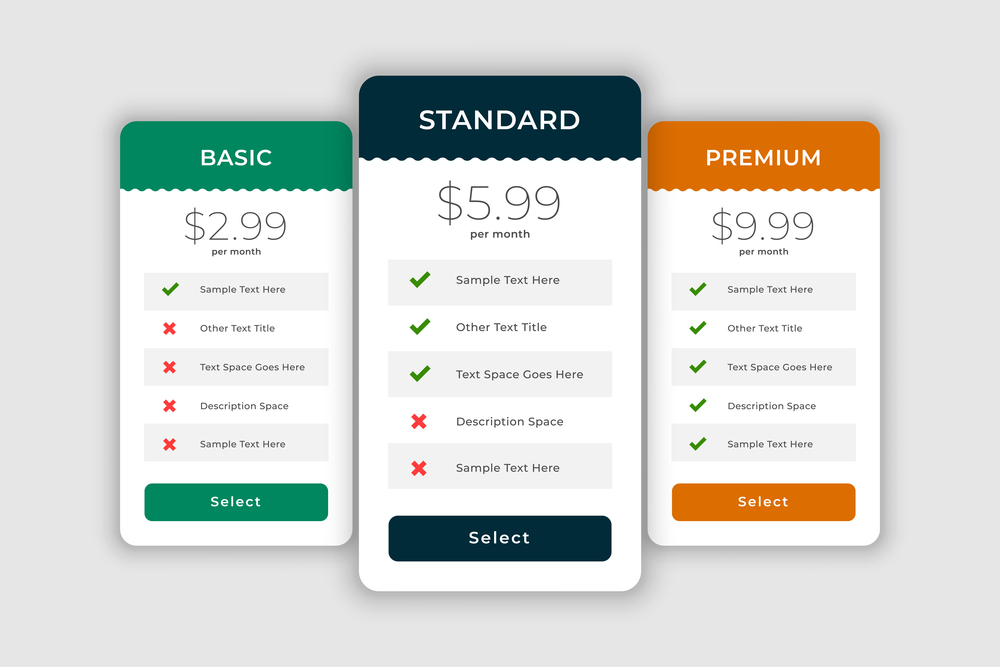
Tiers don’t always have to come from quantity. They can come from quality, too.
Differentiating your products or services often leads to tiered pricing, especially when the main difference is a premium feature. Streaming entertainment services offer a familiar example: You can usually pay extra to watch content without ads.
You might implement this in your Shopify store by offering premium versions or customizations of your products within the product page. For example, if you were running an enamel cookware store, you might charge the base price for your brand color while charging extra for special-edition colors and finishes.
In these systems, unlike the other examples in this article, the item’s price increases as you go into higher tiers. To make the increasing prices more palatable for customers, it’s important to clearly communicate the benefits of any upsells or premium features you offer.
Get the Tools You Need To Succeed
The base version of Shopify doesn’t have all of the features you need to successfully implement a tiered pricing strategy. That’s why we’ve built wholesale-ready plugins to give you a jump start. Contact us today for more information.
